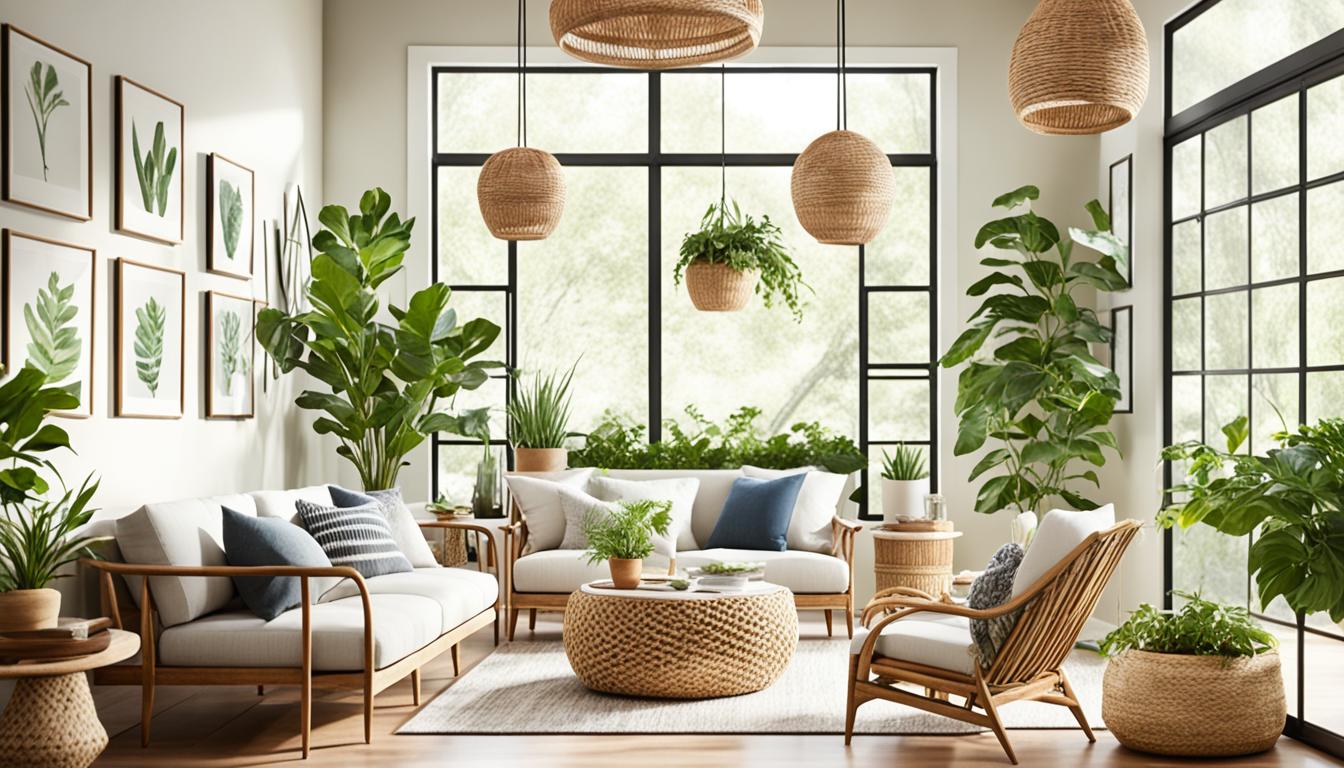Top-tier interior design firms deliver exceptional design solutions.
Change Your Home With Important Principles of Interior Style and Looks
By comprehending the impact of shade theory and the importance of texture and patterns, one can create rooms that are not only visually enticing however also deeply personal. Attaining this balance involves even more than simple decoration; it incorporates a critical plan and a keen understanding of just how each aspect interacts within an area.
Comprehending Shade Concept
Recognizing the concepts of shade concept allows designers to develop rooms that resonate psychologically with residents while satisfying useful requirements. Each category plays a crucial function in developing consistency within a room.
The psychological effect of shades is profound; warm colors such as reds and oranges stimulate power and heat, while awesome tones like blues and environment-friendlies promote calmness and serenity. The usage of corresponding shades improves aesthetic passion, creating striking contrasts that can elevate a room's allure.
Neutral shades, on the various other hand, offer as a flexible backdrop, enabling other design elements to shine. It is important to consider aspects such as illumination and the space's function when choosing a color palette, as these can change the assumption of shades throughout the day.
Eventually, a well-considered color design can transform a space, promoting a sense of comfort and style that straightens with the inhabitants' choices. Proficiency of color theory is, therefore, a vital ability for any kind of interior designer aiming to create unified and welcoming atmospheres.
Achieving Equilibrium in Layout
Exactly how can developers achieve a feeling of balance in their rooms? Accomplishing equilibrium in style is essential to creating unified interiors.
Unbalanced equilibrium, on the other hand, counts on varying components that still achieve a cohesive look. This method enables more vibrant and informal setups, providing passion while keeping balance. By carefully choosing differing sizes, shades, and appearances, designers can create a visually engaging space that feels well balanced yet energised.
Radial balance highlights a central centerpiece with components emitting outward. This design is commonly seen in circular formats, where furnishings and design produce a natural surround that attracts the eye internal.
Ultimately, accomplishing equilibrium calls for thoughtful factor to consider of range, percentage, and the relationships between elements. Architecture Firm. By masterfully using these balance concepts, developers can change rooms right into settings that really feel both visually pleasing and functionally harmonious, improving the overall experience for owners
Value of Spatial Recognition

A keen sense of spatial understanding permits designers to determine centerpieces within a space, assisting the visitor's focus to vital attributes while keeping an overall sense of unity. It also aids in the tactical placement of illumination, which can drastically affect the understanding of area and mood. Moreover, comprehending spatial connections enables the designer to satisfy the details demands of citizens, making certain that each location serves its desired objective without endangering aesthetics.
Eventually, spatial understanding is essential for making best use of the potential of any type of interior space. By thoroughly thinking about the interplay between measurements, layout, and function, designers can create environments that not only fulfill sensible needs but also evoke a sense of comfort and appeal, boosting the total living experience.
Integrating Appearance and Patterns
Accepting a varied variety of appearances and patterns can dramatically boost the visual and tactile charm of an indoor room. The calculated use of various materials-- such as timber, steel, material, and stone-- develops deepness and interest, making a space really feel extra welcoming and vibrant. For example, combining smooth surfaces with harsh structures can establish a balance that draws the try this site eye and involves the senses.
When incorporating patterns, think about both range and repeating. Big patterns can function as focal factors, while smaller sized, subtle styles can complement various other aspects without frustrating the area. Layering patterns, such as pairing floral paddings with candy striped throws, includes intricacy and a sense of harmony if implemented attentively.
It is additionally essential to maintain a cohesive color combination, making certain that textures and patterns interact instead of compete for focus. By choosing a few vital structures and patterns, you can produce a merged aesthetic that mirrors your individual style while enhancing the general ambiance of the area. Inevitably, the careful consolidation of these components can transform a mundane space right into an advanced atmosphere abundant with personality and heat.
Personalizing Your Area
Developing a room that reflects your character is crucial to achieving a really inviting environment. Customization in interior design permits you to infuse your special style and passions right into your home, changing it from a simple shelter right into a refuge that talks with who you are. Begin by picking a shade combination that reverberates with your emotions-- bold colors can stimulate, while soft tones supply peace.
Include artwork and style that mirror your passions, whether it be traveling, nature, or abstract principles. Showing personal collections, such as books, photos, or souvenirs, can evoke valued memories and create centerpieces within a room. Additionally, consider tailoring functional items, like upholstered furniture, to line up with your visual preferences.

Conclusion
In verdict, the makeover of a home through the necessary look at here principles of interior decoration and aesthetic appeal necessitates a comprehensive understanding of color theory, equilibrium, spatial understanding, texture, and customization. Each aspect contributes significantly to creating an unified and functional living setting - luxury interior design. By thoughtfully integrating these principles, individuals can improve the visual appeal and emotional vibration of their spaces, ultimately fostering a home that mirrors one-of-a-kind identities while supplying convenience and usefulness